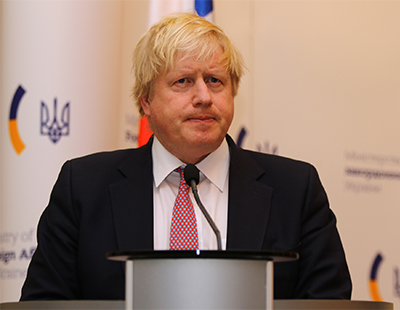I’ve been doing some investigation, mostly by analysing existing work by Knight Frank and global law firm DLA Piper.
Let’s say at the outset that it’s difficult to be clear that the UK’s stamp duty is ‘better’ or ‘worse’ than elsewhere; many countries have a range of other property taxes not related to transfer of ownership, but which nonetheless make buying and owning a home expensive.
For example France has a real estate wealth tax which, roughly speaking, applies to French residents with worldwide real estate assets valued at Euros 1.3m (not a high bar if you have a central Paris property, or two homes). There is also a locally-determined property tax, plus a residence tax. On top of all that corporations, trusts and foundations are likely to have additional tax burdens if residential property is owned through them.
You get the point: in total, it’s possible these taxes may add up to a lot more than any stamp duty might be, so meaningful comparisons are difficult.
However, stamp duty is the UK property issue of the moment so it’s worth discussion.
There’s a gut feeling that it’s high, discourages transactions and has led to a tougher market than necessary. This may well be the case but remember - this was probably the government’s intention when it reformed SDLT in 2014 and tweaked it in 2016 and 2018!
I’ve looked at 10 countries, specifically chosen because they are European neighbours (France, Spain, Germany, Netherlands and the Irish Republic) or because they have reputations for low (or low-ish) tax (Singapore, US, Australia, Monaco, Switzerland).
Each country has plenty of exceptions to the rules I’ve set out below, so some readers’ experiences may be different. But here are the results…
Germany: The German equivalent of stamp duty is a real estate transfer tax of 3.5 to 6.5 per cent of the sale price of a property, dependent on the federal state in which it is located: the buyer usually pays. Transfers of property via inheritance or gift is usually exempt.
France: For corporate purchases a real estate registration tax, roughly the French equivalent of stamp duty, is applied at 5.8 per cent of a so-called Fair Market Value of a property. The buyer pays. Otherwise, and for most individual purchases, there are no stamp duties.
Republic of Ireland: The rate of stamp duty varies depending on the nature of the transaction and the assets. The transfer of Irish shares is subject to 1.0 per cent stamp duty and the transfer of non-residential property is subject to stamp duty at 6.0 per cent.
The Netherlands: Direct transfer of commercial or other property is subject to 6.0 per cent transfer tax or 2.0 per cent for owner-occupied residential dwellings. Exemptions may apply.
Spain: Some property deals are subject to transfer tax, varying by size of transaction and by location. Stamp duty is applicable to notarial deeds over a valuable right or asset which can be registered in a public registry, among other transactions, with rates generally ranging from 0.5 to 3.0 per cent depending on the region and the transaction.
Australia: Stamp duties and transfer taxes may be imposed at the state and territory level on transfers of assets and other "dutiable transactions," which includes certain transfers of shares in “landholders." Rates vary significantly by location.
Singapore: This is an interesting one, especially as a lot of property here is purchased through companies. There is a Seller’s Stamp Duty payable, by the vendor of course, if a property is sold by a family within a relatively short time of the death of the owner. Likewise, a surviving spouse will have to pay SSD if they sell within a short time of their partner’s death. Currently the SSDs look like this:
⁃ disposal within one year, 12 per cent of sale value;
⁃ disposal one-to-two years, eight per cent;
⁃ disposal two-to-three years, four per cent;
⁃ disposal after three years, no SSD payable.
United States: Although no federal stamp duty or equivalent exists, individual states and counties and municipalities have ‘local customs’ which may involve a transaction tax of one to three per cent, sometimes paid by the vendor or the buyer or split between them.
Monaco: Between 4.5 and 7.5 per cent of the registered value of real estate sold is to be paid - this includes some other purchase fees as well as stamp duty.
Switzerland: The precise stamp duty varies canton to canton. Usually this takes the form of a local conveyance tax (there is no federal equivalent). As a general rule, conveyance tax is assessed on the purchase price or the taxable value of the real estate and is typically paid by the purchaser.






/BorisJohnson-3-400x310.png)






.jpg)
.jpg)






.png)



Join the conversation
Jump to latest comment and add your reply
Prime and Outer Prime London account for around 25% of the total tax take at rates far higher than comparables given here - and no surprise that Singapore has a great liquid property market with the seller pays approach.
Please login to comment